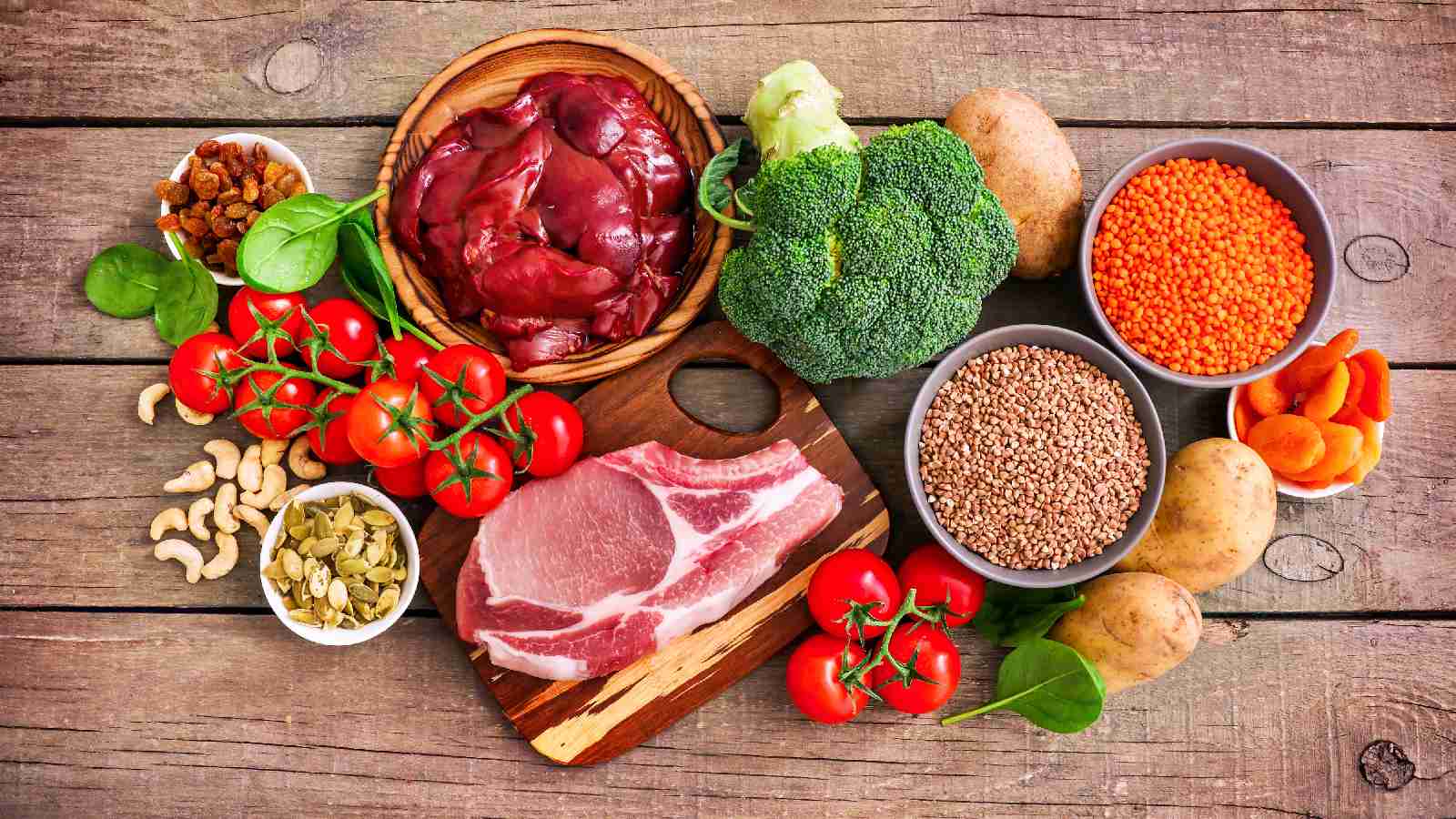Iron is an essential mineral that plays a crucial role in various bodily functions. It is necessary for the production of hemoglobin, a protein in red blood cells that carries oxygen throughout the body. Iron also helps support metabolism, cognitive function, and the immune system. To maintain optimal iron levels, it is important to consume a balanced diet that includes foods rich in this mineral. In this comprehensive guide, we will explore a variety of iron-rich foods, including clams, dark chocolate, white beans, and many more.
Clams:
Clams are a powerhouse of iron, containing a whopping 28 mg of iron per 100 grams. They are also a great source of vitamin B12, selenium, and omega-3 fatty acids. Including clams in your diet can help boost iron levels and provide other important nutrients. They can be enjoyed in various dishes, such as soups, stews, or even grilled.
Dark Chocolate:
If you have a sweet tooth, dark chocolate can be a delightful way to increase your iron intake. Not only does it provide a rich and indulgent flavor, but it also contains about 6 mg of iron per 100 grams. Dark chocolate with a high cocoa content is the best choice, as it contains more iron and fewer added sugars. Enjoy a few squares of dark chocolate as a guilt-free treat while nourishing your body with iron.
White Beans:
White beans, also known as navy beans or cannellini beans, are excellent sources of iron. They offer around 5 mg of iron per 100 grams, along with a good amount of fiber and protein. These versatile legumes can be added to salads, stews, or pureed into a creamy dip. Incorporating white beans into your diet is an easy and tasty way to increase your iron intake.
Lentils:
Lentils are a staple in many cuisines and are highly nutritious. They are packed with iron, providing approximately 3.3 mg of iron per 100 grams. Lentils are also rich in protein, fiber, and various vitamins and minerals. They come in different colors, including green, red, and black, and can be used in soups, stews, salads, or as a side dish.
Spinach:
Popeye’s favorite food, spinach, is not only rich in iron but also a great source of other essential nutrients like vitamins A and C, folate, and magnesium. While spinach contains about 2.7 mg of iron per 100 grams, its absorption can be enhanced by pairing it with foods high in vitamin C, such as citrus fruits or bell peppers. Add spinach to your salads, smoothies, or sauté it as a side dish to boost your iron intake.
Tofu:
Tofu, a popular plant-based protein source, is also a decent source of iron. It offers approximately 5.4 mg of iron per 100 grams. Tofu is made from soybeans and is rich in protein, calcium, and other minerals. It can be incorporated into stir-fries, curries, or grilled for a nutrient-packed meal that aids in meeting your iron needs.
Quinoa:
Quinoa is a gluten-free grain that contains a good amount of iron. It provides about 2.8 mg of iron per 100 grams. Quinoa is also high in protein, fiber, and several other nutrients. It can be used as a base for salads, added to soups, or served as a side dish. Including quinoa in your meals is an excellent way to diversify your iron sources.
Pumpkin Seeds:
Pumpkin seeds, also known as pepitas, are not only a tasty snack but also a rich source of iron. They contain about 8.8 mg of iron per 100 grams. Pumpkin seeds are also high in magnesium, zinc, and healthy fats. Enjoy them roasted as a snack, sprinkle them over salads, or incorporate them into homemade granola bars for an iron-packed treat.
Beef:
For non-vegetarians, beef is a well-known source of iron. It offers approximately 2.6 mg of iron per 100 grams. Beef is also rich in protein, vitamin B12, zinc, and other nutrients. Opt for lean cuts of beef and include them in stir-fries, stews, or grilled dishes to add iron to your diet. However, it is important to consume red meat in moderation and choose lean options to maintain a balanced diet.
Oysters:
- Oysters are not only a delicacy but also a fantastic source of iron. They provide around 7.8 mg of iron per 100 grams. Oysters are also rich in zinc, vitamin B12, and omega-3 fatty acids. Incorporate oysters into your diet to boost your iron intake and enjoy their unique flavor. However, be mindful of potential allergies and consume them in moderation.
- It’s important to note that the absorption of iron from plant-based sources (non-heme iron) is enhanced by consuming foods rich in vitamin C. Additionally, pairing iron-rich foods with those containing vitamin C can help optimize iron absorption. On the other hand, some substances, such as tannins found in tea and coffee, can hinder iron absorption. Therefore, it is advisable to avoid consuming these substances with iron-rich meals.
- In conclusion, maintaining adequate iron levels is essential for overall health and well-being. Incorporating iron-rich foods into your diet can help prevent iron deficiency and its associated symptoms. Clams, dark chocolate, white beans, lentils, spinach, tofu, quinoa, pumpkin seeds, beef, and oysters are just a few examples of foods high in iron that you can include in your meals. Remember to combine these foods with sources of vitamin C for optimal absorption and enjoy a varied and balanced diet to meet your iron needs.

